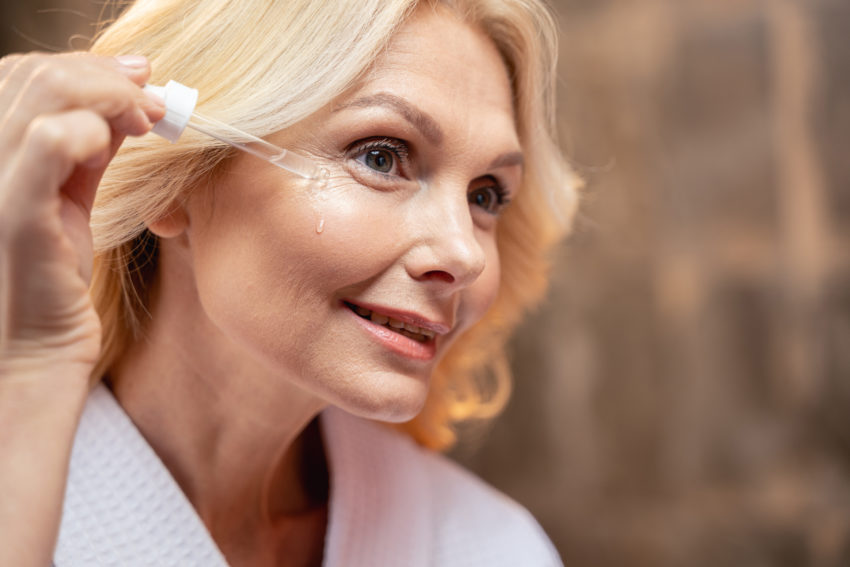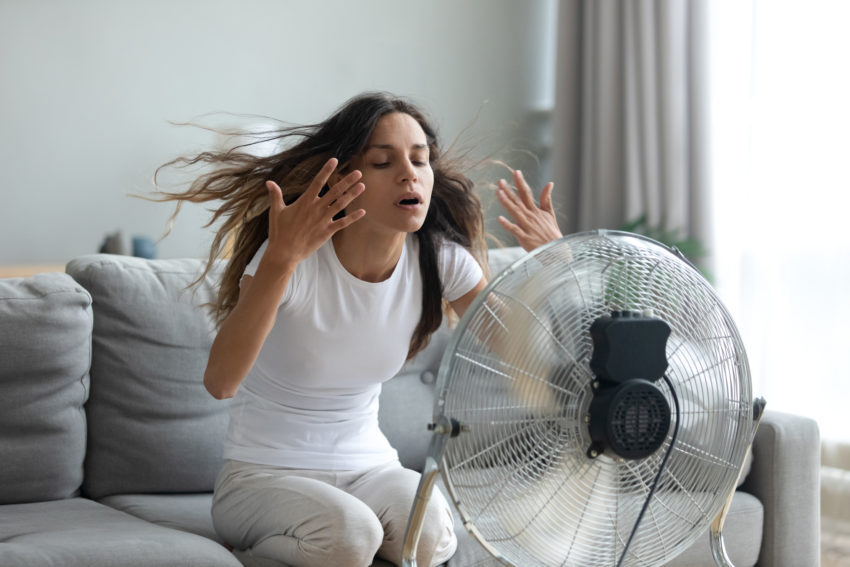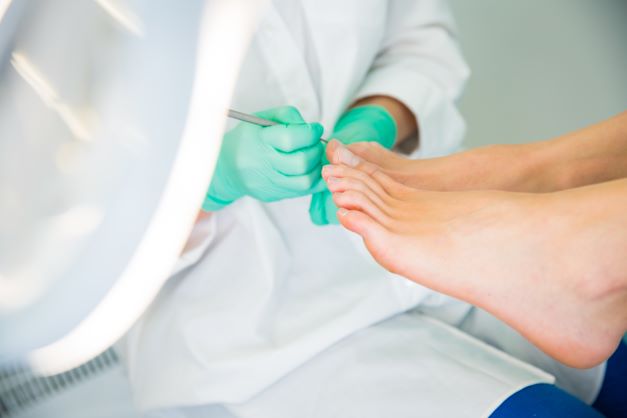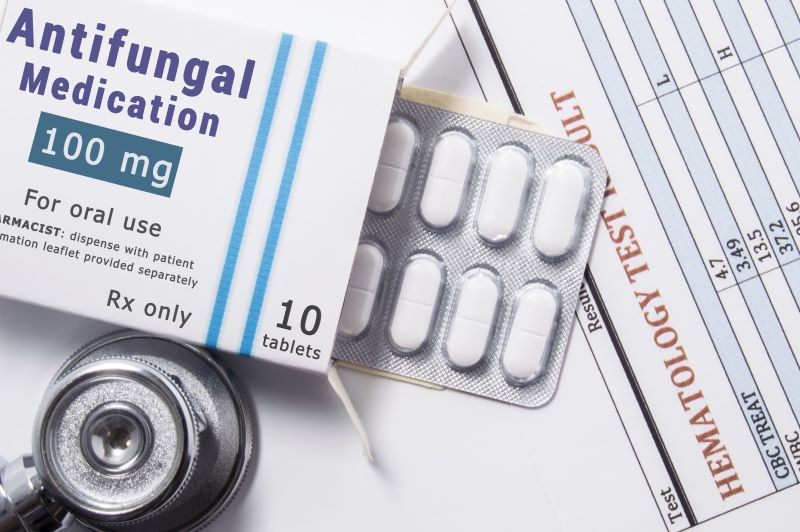What is Hyaluronic Acid? Hyaluronic Acid (HA) is a molecule that is found throughout our bodies in our fluids and…

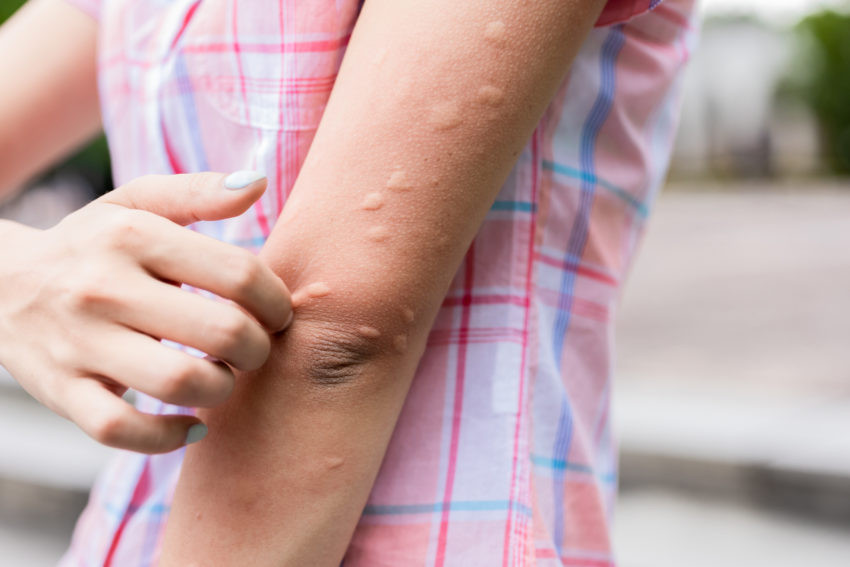 Skin
Skin
How to Get Rid of Hives? Hives Treatment Options
Treatment for Hives
What are Hives?
Hives are a skin rash that appears as red, raised, itchy welts. Also known as urticaria, welts, wheals, and nettle rash, the reaction occurs when triggered by an allergic reaction.
When someone has a skin reaction to an allergen, the protein histamine is released in the body. When released, histamine causes fluid in the blood vessels to leak. Once enough fluid has accumulated, the rash occurs and sometimes can lead to swelling and itchy skin. This can range from mild hives to severe hives, but they are not contagious, and about 20% of people are affected by hives and have experienced a symptom at least one point in their life.
What Causes Hives?
Hives are caused by allergens. It can be difficult to find the exact cause of a hives breakout if it only occurs once, but some of the most common allergens include:
- Medications (NSAIDs and ACE inhibitors)
- Nuts
- Shellfish
- Food additives
- Eggs
- Wheat products
- Extreme temperatures or changes in temperature
- Fever
- Pet Dander
- Dust Mites
- Latex
- Pollen
- Poison ivy and poison oak
- Insect bites and stings
- Sunlight exposure
Hives can also occur without an allergic reaction. People experience hives during stressful times, when exercising, or when wearing tight clothing. These are stress hives caused by environmental triggers. Additional triggers are certain infections. Influenza, Common Cold, Hepatitis B, Strep Throat, and Intestinal Parasites can all also cause hives.
Some individuals can suffer from Chronic Hives that last between six weeks, months, or can even last years. Chronic hives are very uncomfortable, can be difficult to treat, and are usually caused from underlying health problems including Celiac disease, Lupus, Type 1 Diabetes, and Rheumatoid Arthritis.
Hives Treatment
How to get rid of hives? If you suspect that you are suffering from hives, visit your dermatologist immediately. They will be able to diagnose you and may perform blood/skin tests or allergy testing to determine what triggered your body to react. In mild cases of a skin reaction from hives, you will likely be instructed to take an OTC antihistamine like diphenhydramine or cetirizine. Be sure not to irritate the affected area further by touching, picking, or itching at the rash. You should also avoid hot water that can further inflame the rash. For additional relief, apply a cold compress or take a cool bath with baking soda to calm the skin and wear loose-fitting clothing until the hives subside.
Chronic hives need to be treated with a combination of medications. Oral corticosteroids or the drug, omalizumab, will be prescribed to treat the reaction.
The result of the most severe allergic reaction is called Anaphylaxis. During this reaction, hives are accompanied by life-threatening physical reactions. Allergy symptoms such as breathing difficulties, nausea, vomiting, and dizziness occur. To treat Anaphylaxis when someone knows their trigger, an Epinephrine pen or cortisone medication can be used for immediate relief. If one does not know the cause of this life-threatening reaction, call 911 immediately.
If you have more questions on hives, how to treat them, or any other dermatology skin condition, contact us today!
Sources
This blog is based on research and/or other scientific articles and is written by our experienced Chief Strategy Officer and Pharmacist, Ronak Desai. This blog is fact checked by our educated Pharmacist in Charge, Darshan Patel, who additionally runs our Apotheco Manhattan location.
Here at Apotheco Pharmacy Group, our goal is to provide the most up to date and accurate information on health and dermatology related topics. We do this to ensure our readers can make informed decisions based on factual content. All blogs undergo an extensive review process before posted.
This blog contains trusted sources. All sources are listed at the bottom of this article with hyperlinks that take you directly to the source.


